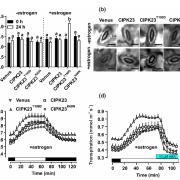
Control of guard cell aperture by protein kinase CIPK23
Guard cells are responsible for the opening and closing of stomata through changes in osmotic content and turgor pressure. These changes occur in response to activation or inactivation of ion transport proteins that are in turn regulated by protein kinase and phosphatase networks. The kinase network…
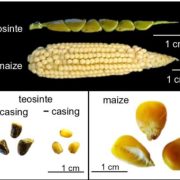
Contribution of strigolactones to maize kernel domesticated phenotype
We’ve all seen striking photographs comparing the modern maize (Zea mays spp. mays L.) ear to the seed head of its wild-grass ancestor teosinte (Zea mays spp. parviglumis). Besides the huge increase in size, one of the features that allows us to munch on “corn on the cob” is the absence of the…
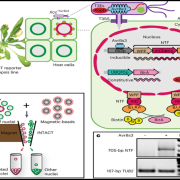
eINTACT – An effective system for isolating effector-recipient cells in plant tissues
Bacteria can cause plant diseases by secreting small molecules called effectors. Studies of these effectors on host plants mostly have not accounted for the cellular complexity of plant tissues. The difficulty of detecting and isolating effector-recipient cells means that scientists mostly use bulk-infected…
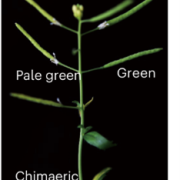
Targeted A-to-G base editing of chloroplast DNA in plants
The chloroplast has its own genome which encodes proteins needed for chloroplast function. Editing these genes via CRISPR-Cas9 is difficult due to challenges in targeting guide RNAs to the chloroplast. Instead, base editors can be used, but these were originally developed for cytosine to thymine edits…

A successful genetic transformation procedure for turnip
Genome editing has strong potential for crop improvement, but its application is restricted by low plant regeneration frequencies and genotype dependencies. Despite its agricultural significance, research on turnip (Brassica rapa var. rapa) is hindered by a low efficiency of transformation and shoot…
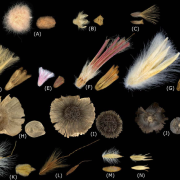
Flash flaming enhances mechanized seed sowing for ecological restoration
One of the main challenges of seed-based restoration is incorporating seeds from as wide a variety of species as possible. However, the seeds of some species have shapes or appendages that make it challenging to use specialized machinery for direct seeding, which hinders large-scale restoration projects…

Plant Science Research Weekly: January 13, 2023
An RNA world
Annual Reviews editions typically start with a brief autobiographical essay by a noted scientist. The 2023 edition of Annual Reviews in Plant Biology includes a profile of David Baulcombe, the well-known scientist whose work was foundational in revealing the roles of small RNAs in gene…

An RNA world (Profile of David Baulcombe)
Annual Reviews editions typically start with a brief autobiographical essay by a noted scientist. The 2023 edition of Annual Reviews in Plant Biology includes a profile of David Baulcombe, the well-known scientist whose work was foundational in revealing the roles of small RNAs in gene regulation and…
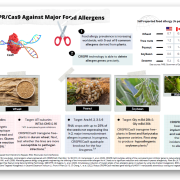
CRISPR vs Allergens
Food allergy prevalence is increasing worldwide, with 5 out of 9 common allergens derived from plants. CRISPR technology is able to delete allergen genes precisely. This graphic, designed by ASPB Plantae Fellow Daniel Alique García, outlines the current uses of CRISPR/Cas9 in deleting allergen genes…

